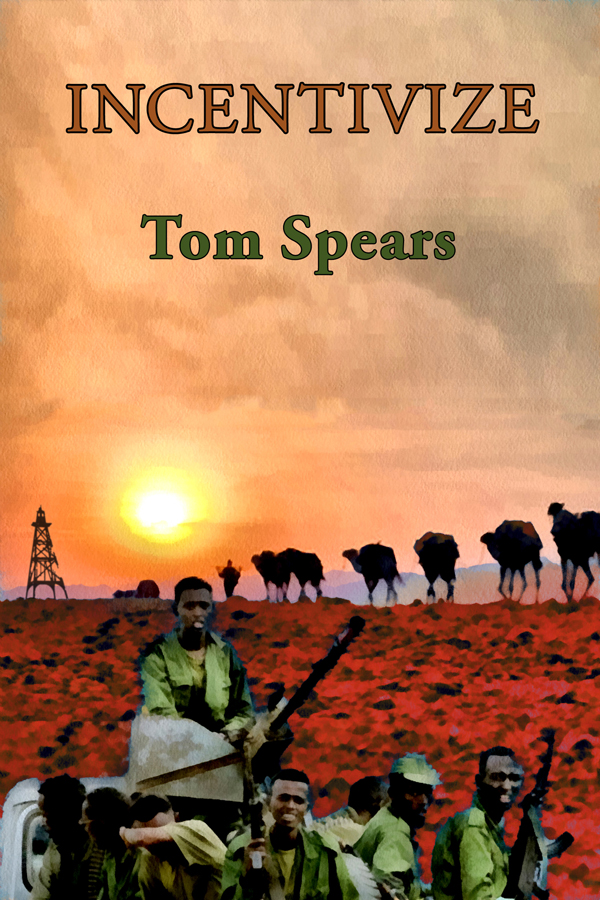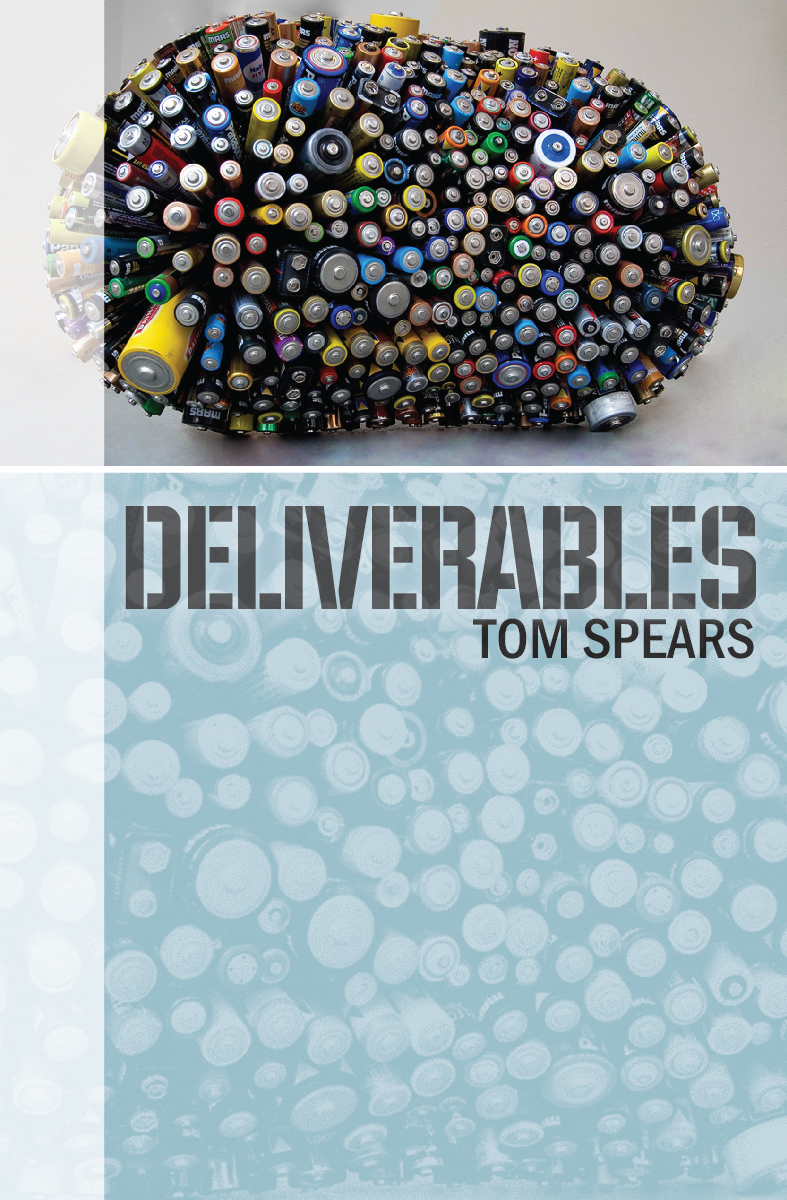During my many years in international business, I came to see national markets as falling into two categories -- stable and unstable.
Stable markets are ultimately driven by consumers, and have recourse to reliable laws. While they are still prone to cycles, they aren't as severe as in unstable markets. Stable markets will anchor your business in a region, allowing you the opportunity to exploit nearby unstable markets on an opportunistic basis, without putting your assets at risk.
Unstable markets tend to be government dominated. They may have laws, but they are subject to change. An unstable market may be dormant today, going like crazy tomorrow, and the government might be overthrown next year. They should never be used as the anchor for your business, because they can't be relied upon long term. Unless, of course, you can pay off your costs in an extemely short time -- like six months!
How did I learn this, you might ask?
I built a factory in the UAE who's primary purpose was to serve the Iraqi market (UAE being far too small a market to feed the plant).
Yeah, you read it right. Iraq. Between the first and second Gulf wars. At that time, there were huge contracts available through the United Nations Oil for Food program, and I knew that if I wasn't present in the region, I had no chance of participating in the gravy train. So did I cover my bet, and grab enough in contracts to pay off the factory in six months, just like I advised?
Nope.
By the time the plant was running, the second gulf war had started, and Oil for Food was over. I never shipped a single product to Iraq from that facility.
Next I tried to use the plant to supply Saudi Arabia (another unstable market). My competitors there managed to get import duties raised so high that we were too expensive to sell much of anything.
Next was Egypt -- there the main problem was most of the equipment of our type was purchased using USAID money. That meant the stuff actually had to manufactured in the United States. And the bulk of the business was government-driven, meaning it was always feast or famine.
Pakistan? Sorry, few customers there were willing to consider changing their traditional practices, and adopt new technology.
Libya? Azerbaijan? We did manage to land a few projects in both places, enough to keep the plant busy for a year or two. You probably know what happened in Libya. Azerbaijan simply ran out of gas.
Bottom line is once we had the walls up and the equipment installed, nothing really materilized of any great significance. The factory is still undoubtedly under-utilized to this day. So much for a "field of dreams" expansion strategy (build it and they will come).
If I'd anchored the plant to a stable market -- South Africa. Possibly Southern Europe. Perhaps even Saudi Arabia (by placing the assets in country, where they'd be harder to neutralize by the competition). I would been immensely better off in the long run.
So don't make the same mistake I did all those years ago, put your plant in Brazil, not Argentina. In Taiwan, not Vietnam. In Poland, not Russia. Or wherever your analysis says you have a stable, sustainable demand that won't completely dry up on a moment's notice.
Other Recent Posts:
Keep Your Distance
Fire the First Shot
The Nuclear Option
Selling your less than stellar outcome
It's Never too Late to Rethink Strategy
If you enjoy the ideas presented in my blog posts, then check out my other writing.
Non-Fiction: NAVIGATING CORPORATE POLITICS (released 7/19/12)

Corporate Thriller novels: LEVERAGE, INCENTIVIZE, and DELIVERABLES. These are all based on extensions of my basic experiences in the world of corporate management.














